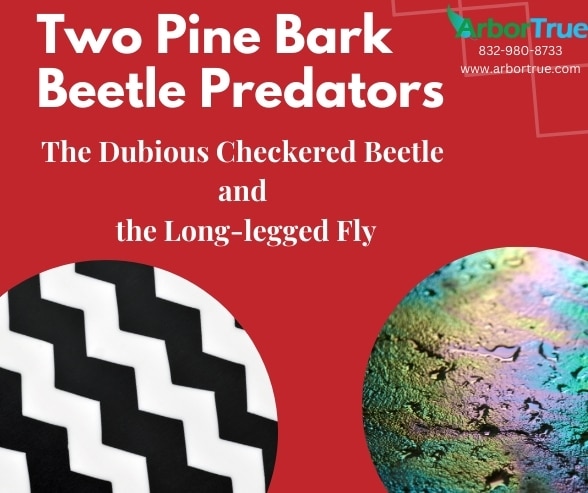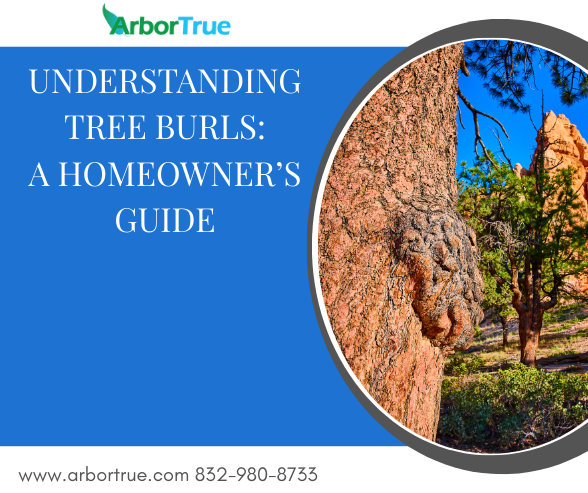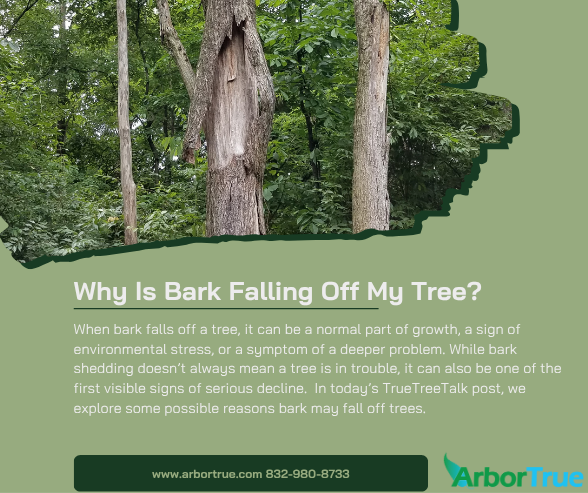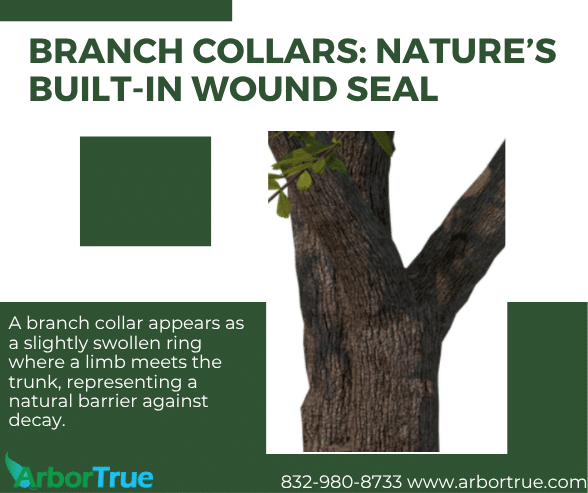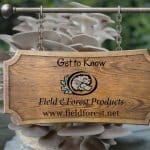
Get to Know Field & Forest Products
April 24, 2024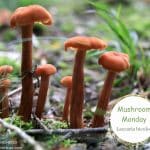
Mushroom Monday: Laccaria bicolor
April 29, 2024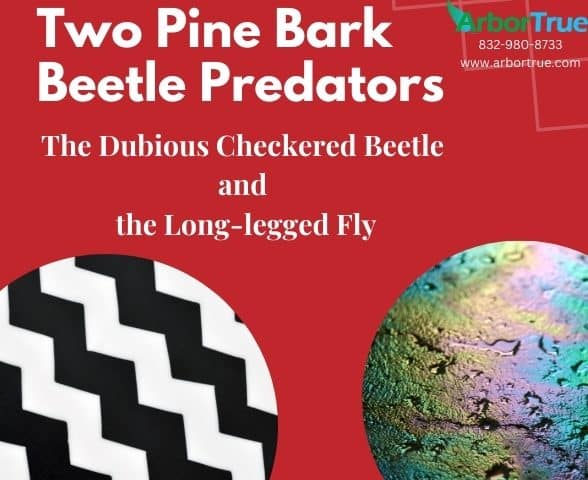
Two Pine Bark Beetle Predators: The Dubious Checkered Beetle and The Long-legged Fly
In a recent post on our TrueTreeTalk blog, we told you about pine bark beetles. We also had a post about blue stain fungi, which is associated with the beetles. In today’s post, we take a brief look at two pine bark beetle predators: the dubious checkered beetle and the long-legged fly.
The Dubious Checkered Beetle
The dubious checkered beetle (Thanasimus dubious) is a small beetle ranging in size from around 0.27 to 0.35 inch. As adults, they have six legs, hairs on their bodies, and antennae. They are red in color with wavy black and white bands on their hind part, and dark-colored legs with orange ends. They are part of the Cleridae beetle family.
Dubious checkered beetles can sense the pheromones emitted by southern pine beetles (as well as Ips beetles) and are attracted to them. Additionally, they can sense chemicals emitted by trees that have an infestation. The checkered beetles arrive at infested trees and lay their eggs in the bark. The larvae go through holes made by southern pine beetles and they consume the eggs of bark beetles inside. As the larvae get older, they eat southern pine beetles at all stages of their lives. Then, they move through the tunnels made by the bark beetles, and also make their own tunnels, looking for prey. They also eat other bark beetles, such as Ips beetles.
Long-legged Fly
The long-legged fly (Medetera bistriata), a dolichopodid fly, can be found throughout North America in areas with pines and other conifers. They are a small fly with six legs, two translucent wings, and iridescent colors on their backs. Like the dubious checkered beetle, they are attracted to pheromones released by bark beetles, will go to trees with infestations, and they lay their eggs near holes made by bark beetles. While they are larvae, the long-legged fly is a predator of bark beetles, in particular Dendroctonus frontalis, and consumes their eggs, larvae, and pupae, using venom that paralyzes their prey. They also eat larvae of Ips beetles. After their larva stage, they eat other things.
If you found this information about helpful, check out our other posts on our TrueTreeTalk blog. Follow us on Facebook to keep up with these and other posts. Check out our list of blog posts grouped by topic for more to read. Also, follow us on LinkedIn for industry-related posts.
* * *
ArborTrue is a science-based tree service company in the greater Houston area. We also serve Austin and other parts of Central Texas. We provide a range of services including tree trimming, tree pruning, tree removal, tree planting, arborist consultations, and more. Call us today at 832-980-8733 (Houston) or at 512-546-3833 (Austin) or reach out to us online to schedule an appointment.
ArborTrue has a dedicated landscaping division, now serving select areas in the greater Houston region—with more locations coming soon. We specialize in organic practices, soil biology, and ecological health to help your entire landscape truly thrive. To learn more or schedule a consultation, contact us at landscape@arbortrue.com.

